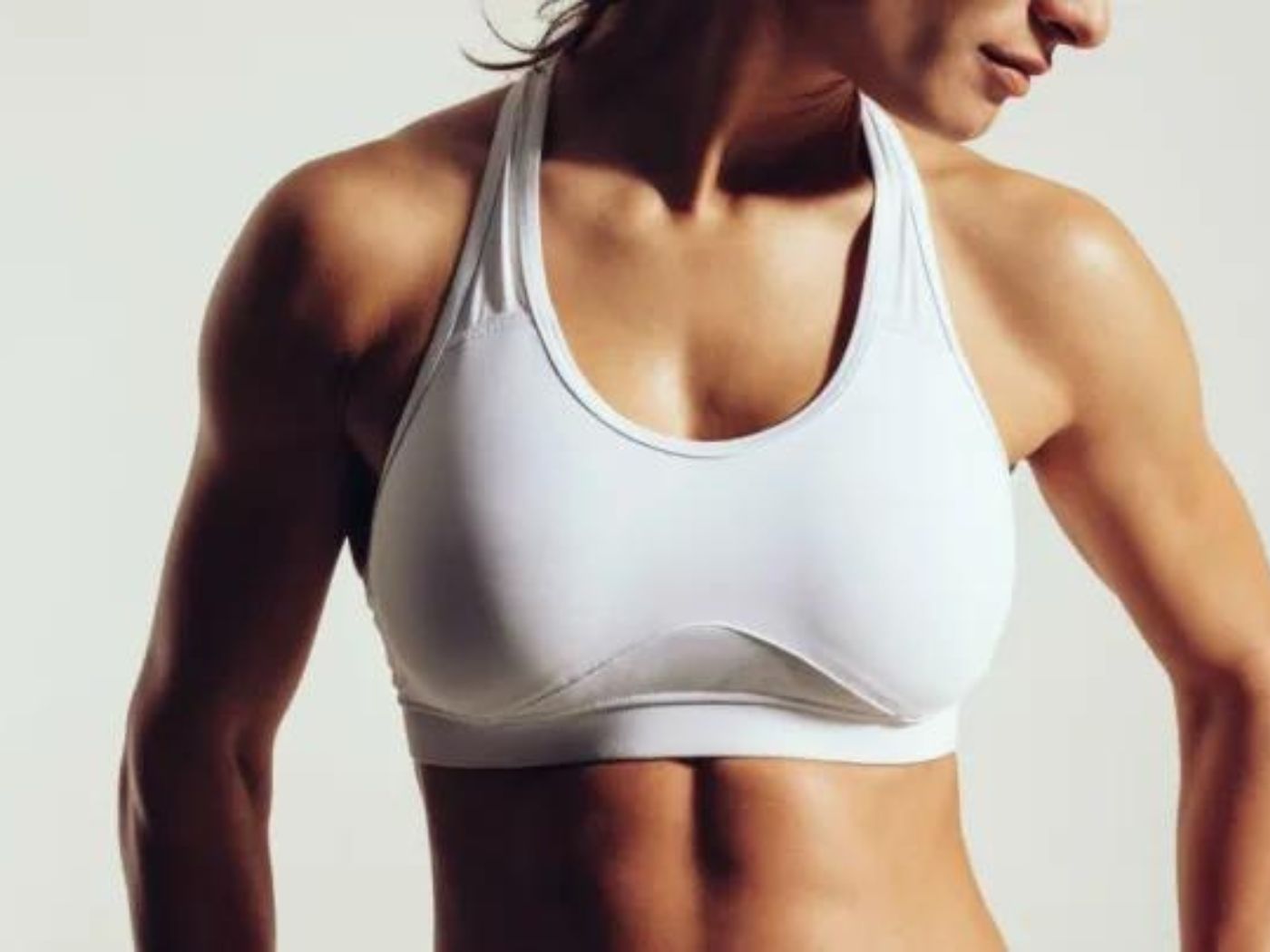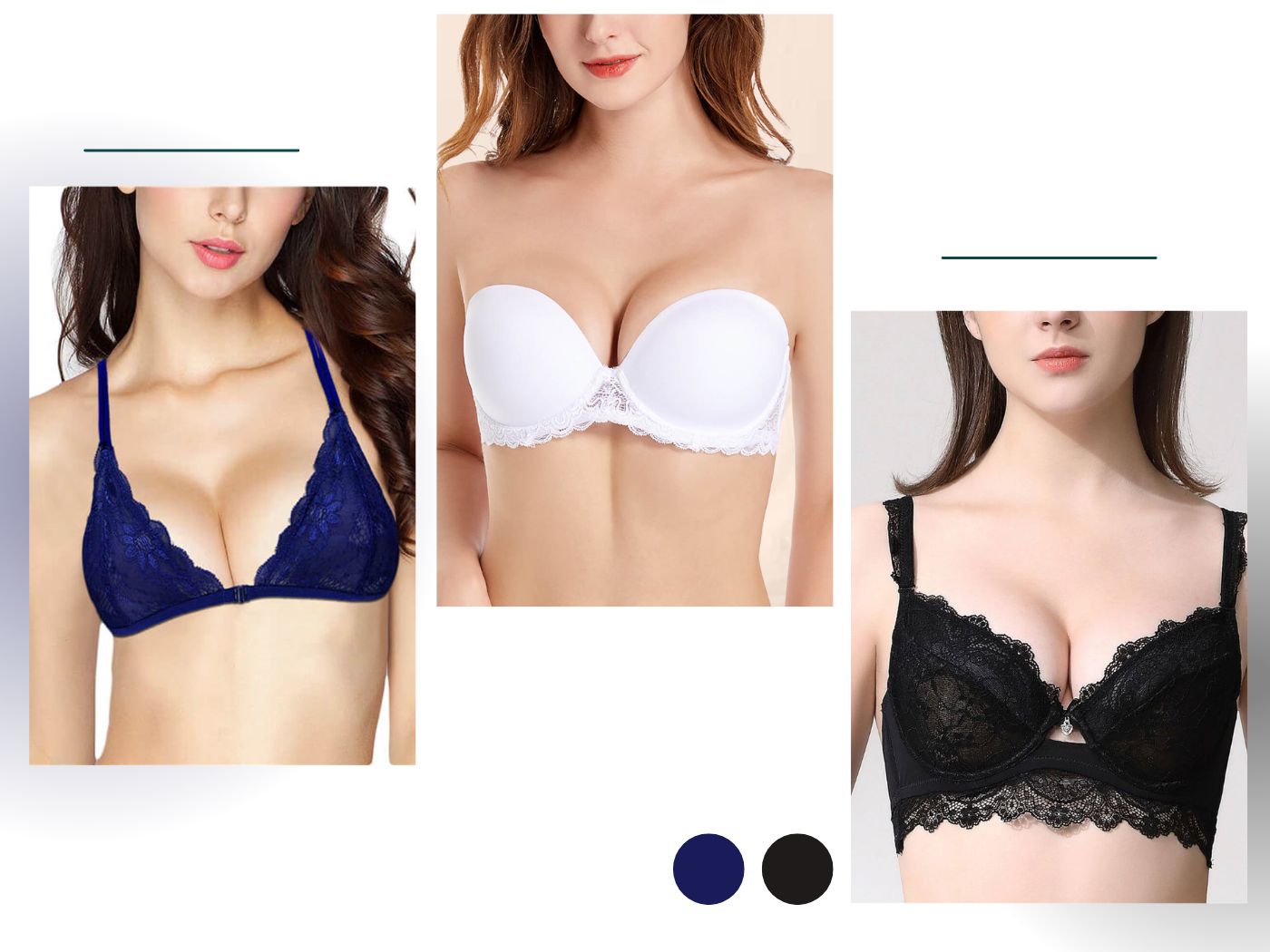I believe that many women have similar troubles:
- When exercising, your chest always shakes too much, and if exercising too much, you will still feel pain.
- Faced with the dazzling array of sports bras in the store, you don't know how to choose.
- It is not easy to choose one, you finally pick one and put it on, and found that your boobs still shaking, or strangling with difficulty in breathing.
As a result, some people gradually give up running or gymnastics, and switched to gentle yoga, and some even said goodbye to fitness.
Let's talk systematically about how to scientifically care for your breasts during exercise.
Why are we wear sports bras?
The answer is clear: immobilize your boobs to prevent them from shaking too much.
The survey found that about 56% of women experienced chest pain during different types of exercise.
Scientists have built a 3D model to systematically study the force and deformation of women's breasts during flat running to compared the feelings of wear sports bras, wear fashion bras, wear crop tops, and bare-chest sports.
The conclusion is: An improperly fitted sports bra can affect the performance of the exercise. Regardless of age, breast size or type of exercise, wearing a sports bra is the most effective way to reduce chest pain during exercise.

The cause of chest pain during exercise mainly comes from two kinds of movements, horizontal and vertical.
- Horizontal movements can be effectively relieved by wearing tighter sports bra
- Vertical movements are not affected by the tightness and lifting of the bra
Therefore, when buying sports bras, don't worry too much about whether you can "gather" or "lift", which has little impact on your exercise.

In addition, I especially want to remind the girls with small breasts. Don't think that you can save money on sports bras with small breasts, let alone that you can buy ill-fitting sports bras at will (although there are many choices for flat-chested girls— no matter the size of your breasts, when exercising, a proper sports bra is essential!)
Sports Bra, will you really know how to pick?
When choosing a normal bra, the data that everyone looks at are mainly the lower circumference and cup size (the difference between the upper and lower circumferences), as well as the cup shape of the bra. When it comes to sports bra, since most of them are cups with more than 3/4 cup, there is no other choice.
Therefore, many people think that as long as the size is correct, the bra you bought will definitely fit. In fact, you need to focus on much more than that.
When evaluating a sports bra, pay attention to the following conditions:
- Shoulder straps: Too tight will cause pressure on the top of the shoulders skin; too loose, the bra will shift when the arm is raised, affecting the fixation effect.
- Cups: Too large for good support; too small for too much pressure on the breast tissue, which can cause discomfort.
- Steel ring: At present, most sports bras do not have steel rings, and the biggest problem with steel rings is that they may not fit or abraded skin during exercise.
- Material: comfortable and soft, should preferably fit the chest completely.
- Support Strength: According to the type of exercise, choose Bras with different support strengths.
- Low-intensity: yoga, Pilates, weight training, bowling, cycling, swimming, etc.;
- medium-intensity:rowing, walking, mountaineering, etc.;
- high-intensity: running, aerobics, basketball, volleyball, etc.
One thing should be noted that "chest support Strength" and "exercise intensity" are two different things: the former refers to whether the chest shakes violently during exercise, such as weight training, the exercise intensity is often high, but the support strength is not particularly high .
Generally speaking, sports bra with low support strength feels less stressful and looks better in more styles, , but my personal experience is that unless you only do yoga, you can choose high-strength support underwear, which can be used with a variety of exercises.

Overall Review:
After adjusting the length of the shoulder straps and the tightness of the hooks at the back link, a qualified Sports Bra should not create excessive pressure and cause noticeable indentation on the skin.
There are many kinds of sports bra brands on the market, there is no best, only the most suitable for yourself.
In general, you can refer to the following guidelines:
- Learn to measure your cup size correctly;
- Do not replace sports bras with ordinary bras;
- Go to the store to try it on in person, don't be lazy and go shopping directly.;
- For obese people, the lower circumference can be slightly smaller than the normal bra to maintain support, but again, it does not affect breathing;
- Girls with big breasts can consider buying cross-shoulder straps or wide shoulder straps bras, which are more comfortable to wear;
Sports bra has a service life, which is related to the frequency of exercise/cleaning. If you find that the bra no longer fit or is deformed, please replace it in time.

Sports bras not a panacea
Many women with large breasts may still be distressed:
“I have carefully selected sports bras, but when I exercise, especially when running or jumping, my chest still feels uncomfortable. What should I do?”
>> If you are in anormal weight, but your boobs are too big
You can purchase the Sports bras with extra support - the Extra Impact Support range;
You can try to adjust the shoulder straps - for girls with big breasts (C+ or above). in fact, the most useful method is to use cross shoulder straps, simply thickening and thickening the shoulder straps, which is less effective;
Under the premise of not compressing the chest or affecting breathing,you can try a half small size.
>> If you are overweight and have big boobs
Avoid excessive high-intensity aerobic exercise.
There are thousands of ways to lose fat, not necessarily running or jumping. You can't just think about your chest, you have to think about how your knees feel, right?
It is recommended to try water exercise — due to the buffering effect of water, it can greatly reduce the vertical movement and acceleration of the breast, and effectively relieve various discomforts of flat movement.

Can I still exercise happily after breast augmentation surgery?
For the time being, there is no large-scale research on the effect of breast augmentation surgery on exercise, especially resistance exercise involving the major chest muscles.
However, most expert advice, patient experience (female bodybuilders), and results tracked in the literature suggest that: refrain from exercising except during the recovery period after surgery (the first 6 weeks) to avoid exacerbating pain;
There is no problem with exercise after 6 weeks, including, including pectoral weight-bearing Training.
Through proper resistance training, in addition to tightening the chest and making the shape more upright, developing the habit of long-term exercise can also effectively reduce the incidence of breast cancer.
For people after breast cancer surgery, physical exercise is also an important behavior to "improve self-confidence" and "prolong the survival rate".

The summary is: when exercising, be sure to choose a well-fitting bra, make a reasonable plan, and take better care of your breasts.



